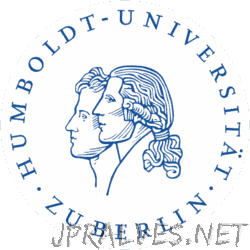Other
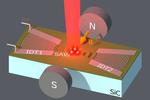
“Researchers from the Paul-Drude-Institut in Berlin, the Helmholtz-Zentrum in Dresden and the Ioffe Institute in St. Petersburg have demonstrated the use of elastic vibrations to manipulate the spin states of optically active color centers in SiC at room temperature. They …
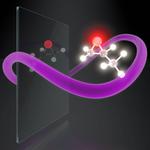
“Scientists synthesized light with new intrinsic chirality to tell mirror molecules apart Light is the fastest way to distinguish right- and left-handed chiral molecules, which has important applications in chemistry and biology. However, ordinary light only weakly senses molecular handedness …
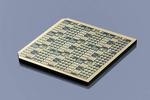
“Powerful electronic components are indispensable for future communications, for the digital transformation of society and for artificial intelligence applications. On a footprint as small as possible, they should offer low energy consumption and achieve ever higher power densities, thus working …
News 5000 times faster than a computer - interatomic light rectifier generates directed electric currents
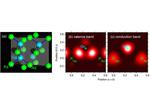
“The absorption of light in semiconductor crystals without inversion symmetry can generate electric currents. Researchers at the Max-Born-Institute have now generated directed currents at terahertz (THz) frequencies, much higher than the clock rates of current electronics. They show that electronic …
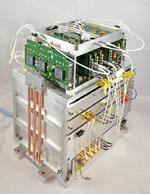
“JOKARUS experiment on sounding rocket successfully completed. Corner stone for laser ranging measurements with the highest precision and precursor for optical sat-ellite navigation systems. For the first time a frequency reference based on molecular iodine was successfully demonstrated in space …

“A clever combination of novel technologies enables us to study promising materials for the electronics of tomorrow. Over the past decades, computers have become faster and faster and hard disks and storage chips have reached enormous capacities. But this trend …
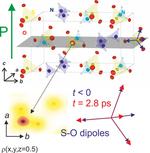
“Ferroelectric crystals display a macroscopic electric polarization, a superposition of many dipoles at the atomic scale which originate from spatially separated electrons and atomic nuclei. The macroscopic polarization is expected to change when the atoms are set in motion but …

